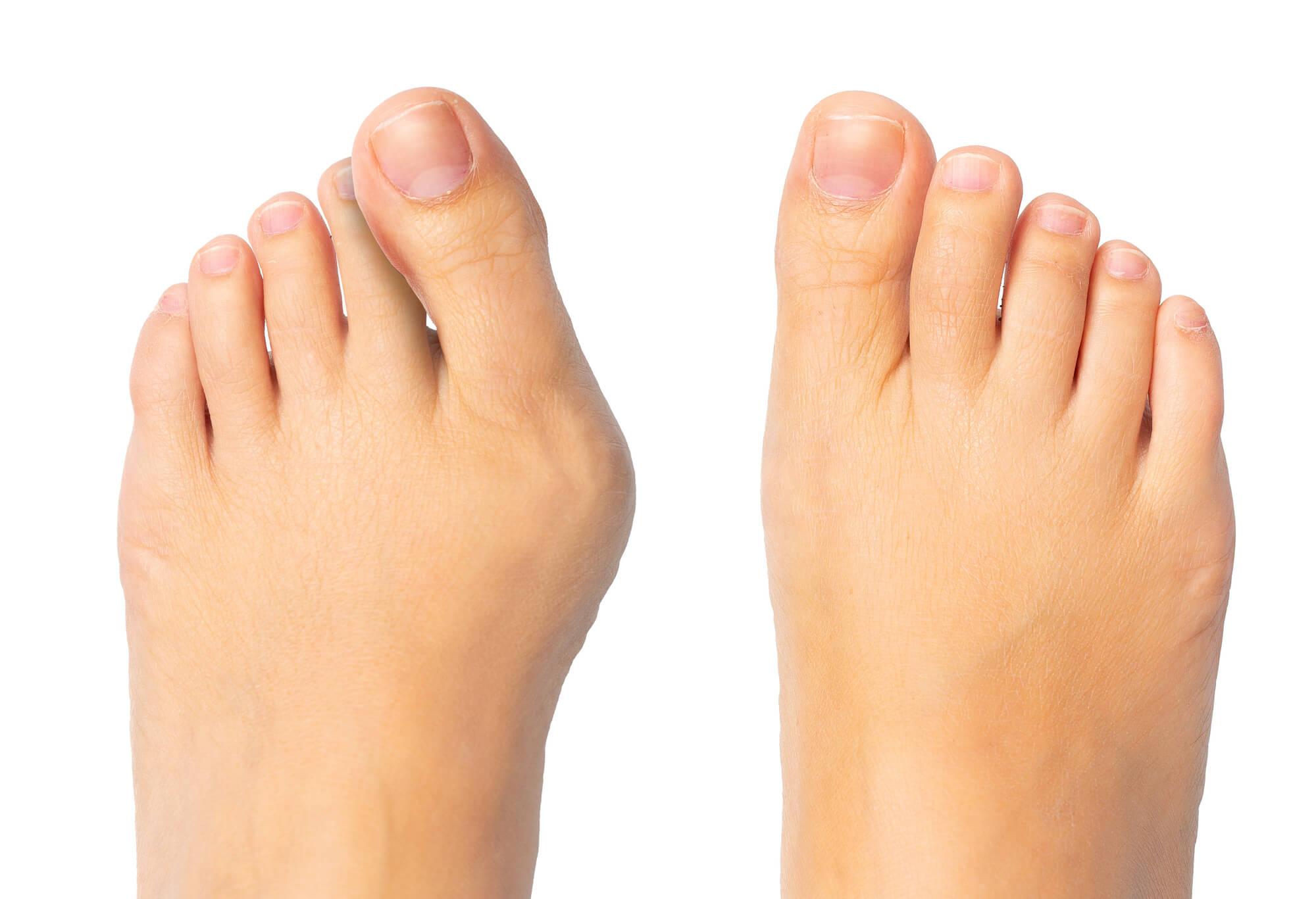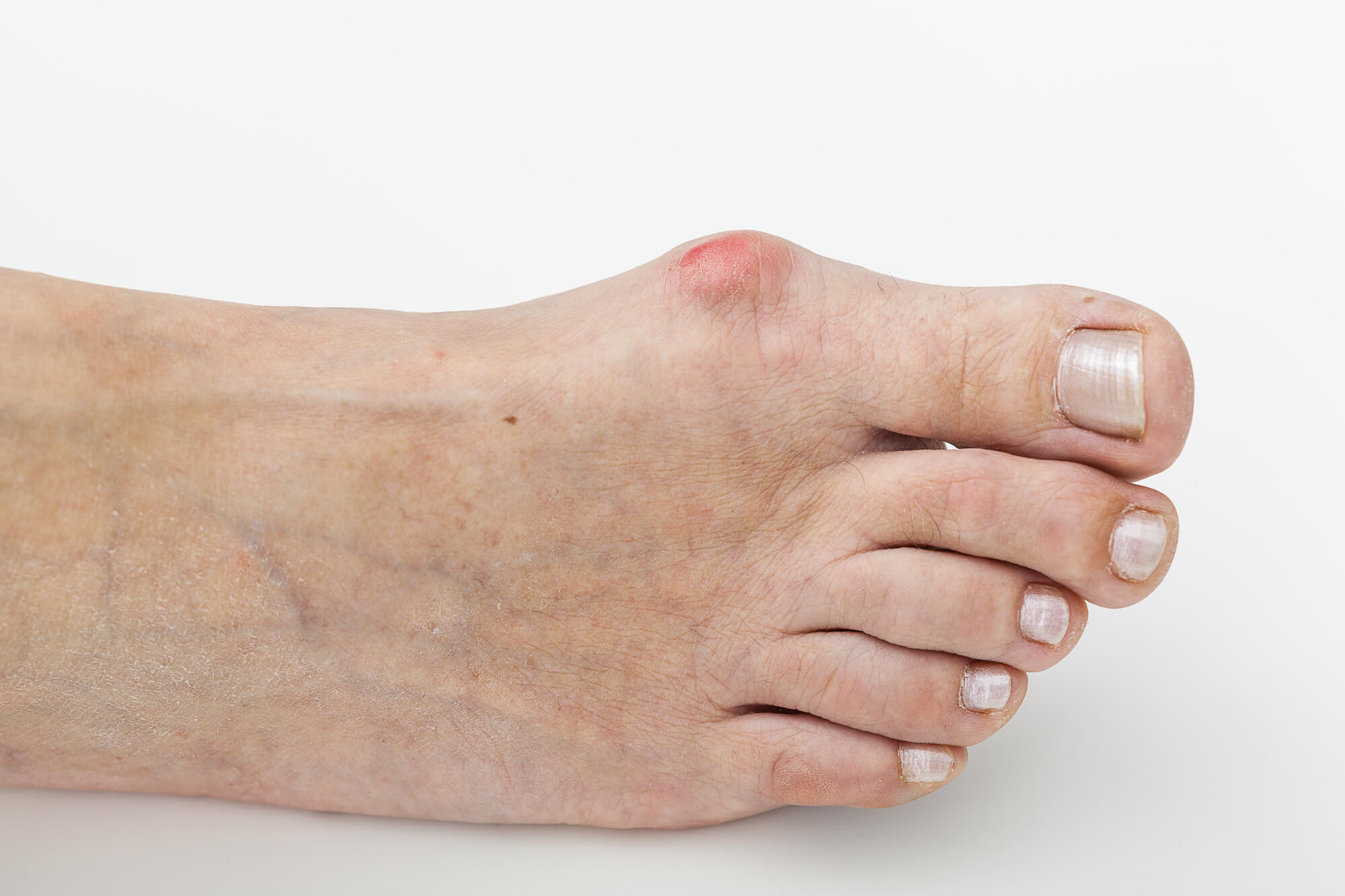Understanding the Different Types of Bunions
Bunions are a common foot condition that can cause significant discomfort and pain, making it difficult to walk, run, or even stand for prolonged periods. The condition can be a source of embarrassment, as it often leads to noticeable deformities that can affect a person's self-confidence. However, with the right care and treatment, bunions can be managed effectively, allowing individuals to resume their daily activities without experiencing any discomfort.
This comprehensive guide aims to provide you with all the necessary information about bunions, from their types and causes to the available treatment options. We understand how frustrating and uncomfortable bunions can be, and we want to help you alleviate your symptoms and improve your quality of life. Whether you're looking to prevent bunions from developing or seeking treatment for an existing condition, this guide has got you covered.
Key Takeaways
- There are various bunions, including common bunions (Hallux Valgus), dorsal bunions, bunionettes (Tailor's bunions), and large bunions, each with unique characteristics and causes.
- Nonsurgical treatments like orthotics, footwear modifications, physical therapy, and medications can relieve bunion pain and discomfort.
- Bunion surgery may be necessary for severe cases, and understanding the types of surgery and the recovery process is crucial for those considering this option.
Common Bunion (Hallux Valgus)
What is a Common Bunion?
A common bunion, also known as Hallux Valgus, is the most prevalent type of bunion. It forms at the base of the big toe joint and gradually pushes the big toe away from the other toes. This displacement can cause pain, inflammation, and difficulty in finding suitable footwear.
Causes and Risk Factors
Common bunions may develop due to various factors, including:
- Genetics: A family history of bunions increases the risk.
- Improper Footwear: Tight or narrow shoes can exacerbate the condition.
- Arthritis: Certain types of arthritis, such as rheumatoid arthritis, can contribute.
- Injury: Trauma to the foot can lead to bunion formation.
Diagnosing a Common Bunion
To diagnose a common bunion, a podiatrist may perform a physical examination, evaluate your medical history, and request an X-ray to assess the severity of the deformity. Early diagnosis and intervention are essential to prevent further complications.
Nonsurgical Treatments
For milder cases of common bunions, nonsurgical treatments can help alleviate pain and slow down the progression of the deformity. These treatments may include:
- Orthotics: Custom-made or over-the-counter shoe inserts can provide support and improve foot alignment.
- Footwear Modification: Switching to wider or more comfortable shoes can reduce pressure on the bunion.
- Physical Therapy: Exercises and stretches may enhance foot strength and flexibility.
Dorsal Bunion
Understanding Dorsal Bunions
A dorsal bunion, also known as an osteoarthritic bunion or a humpback bunion, differs from a common bunion as it forms on the top of the foot. It is characterized by a bony bump on the dorsal (upper) aspect of the metatarsophalangeal (MTP) joint.
Causes and Symptoms
Dorsal bunions may be caused by:
- Osteoarthritis: Wear and tear of the MTP joint.
- Inflammatory Arthritis: Conditions like rheumatoid arthritis can contribute.
- Foot Mechanics: Abnormal foot mechanics can lead to dorsal bunions.
Symptoms may include pain, swelling, and limited range of motion in the affected joint.

Nonsurgical Treatments for Dorsal Bunions
Managing dorsal bunion pain and discomfort can involve:
- Footwear Modification: Choosing shoes that accommodate the dorsal bunion can provide relief.
- Orthotics: Custom orthotic inserts designed to support the foot's arch and correct alignment.
- Medications: Pain relievers and anti-inflammatory drugs can help manage symptoms.
Bunionette (Tailor's Bunion)
Understanding Bunionettes
A bunionette, also referred to as a tailor's bunion, forms on the outer part of the foot near the pinky toe. It shares similarities with a common bunion but affects the fifth metatarsophalangeal (MTP) joint.
Key Differences
While both common bunions and bunionettes involve bony bumps and deformities, bunionettes are unique due to their location. The fifth metatarsal bone, rather than the first, is affected.
Contributing Factors
Bunionettes may develop due to similar causes as common bunions, such as genetics, footwear choices, and arthritis. The specific contributing factors should be assessed by a podiatrist for effective treatment.
Nonsurgical Treatments for Bunionettes
Managing bunionette pain and discomfort can involve:
- Footwear Modification: Choosing shoes that accommodate the bunionette can provide relief.
- Orthotics: Custom orthotic inserts designed to support the foot's arch and correct alignment.
- Padding: Cushioning the bunionette can reduce friction and pressure.
Large Bunions
What Constitutes a Large Bunion?
A large bunion is typically categorized based on its size and the extent of deformity. It's essential to address large bunions promptly, as they can cause significant foot pain and limit mobility.
Impact on Foot Health and Mobility
Large bunions can lead to several complications, including:
- Chronic Pain: Persistent discomfort, especially during walking or wearing shoes.
- Reduced Range of Motion: Difficulty moving the affected toe.
- Bursitis: Inflammation of the fluid-filled sac (bursa) near the bunion.
Addressing Concerns about Large Bunions
If you suspect you have a large bunion, consult a podiatrist for a proper assessment. Early intervention can prevent further deterioration and the need for surgery.
Bunion Pain and Discomfort
Bunion pain can vary from mild to severe and may be exacerbated by activities that put pressure on the bunion or ill-fitting footwear. If you experience bunion-related foot pain, it's crucial to seek professional help for a comprehensive evaluation.

Nonsurgical Treatments
Lifestyle Modifications
Making simple changes to your daily routine can help manage bunion pain and discomfort:
- Footwear: Opt for shoes with a wide toe box and good arch support.
- Foot Hygiene: Keep your feet clean and dry to prevent infection.
- Ice and Elevation: Applying ice and elevating your foot can reduce inflammation.
Physical Therapy
Physical therapy can be beneficial for those with bunions:
- Strengthening Exercises: Strengthening the muscles around the bunion can improve foot stability.
- Stretching: Stretching exercises can increase flexibility and reduce muscle tension.
- Gait Analysis: Identifying abnormal walking patterns and correcting them can alleviate bunion pain.
Medications and Injections
In some cases, medications and injections may provide relief:
- Pain Relievers: Over-the-counter pain relievers or prescription medications may help manage bunion pain.
- Corticosteroid Injections: These injections can reduce inflammation in the affected area.
Bunion Surgery
When Surgery Is Necessary
Bunion surgery may be recommended when:
- Nonsurgical treatments have not provided relief.
- The bunion causes severe pain and limits daily activities.
- The deformity is affecting the alignment of the other toes.
Types of Bunion Surgery
Several surgical procedures can address bunions:
- Osteotomy: Cutting and realigning the bone.
- Exostectomy: Removing the bony bump.
- Arthrodesis: Fusing the affected joint.
Bunion Surgery Recovery
Recovering from bunion surgery involves several stages:
- Immediate Postoperative Period: Rest, elevation, and pain management.
- Early Rehabilitation: Gradual introduction of weight-bearing and physical therapy.
- Long-Term Follow-Up: Monitoring and adjustments as needed.
Conclusion
Understanding the different types of bunions, including common bunions, dorsal bunions, bunionettes, and large bunions, is crucial for managing bunion-related foot pain and deformities. Whether you have a specific type of bunion or seek treatment options, consulting a podiatrist is essential for proper diagnosis and tailored treatment plans.
Our podiatrists have the expertise to diagnose and treat various foot and ankle conditions, including bunions. Don't let bunion pain affect your quality of life—schedule an appointment with us today to take the first step towards healthier, pain-free feet.

